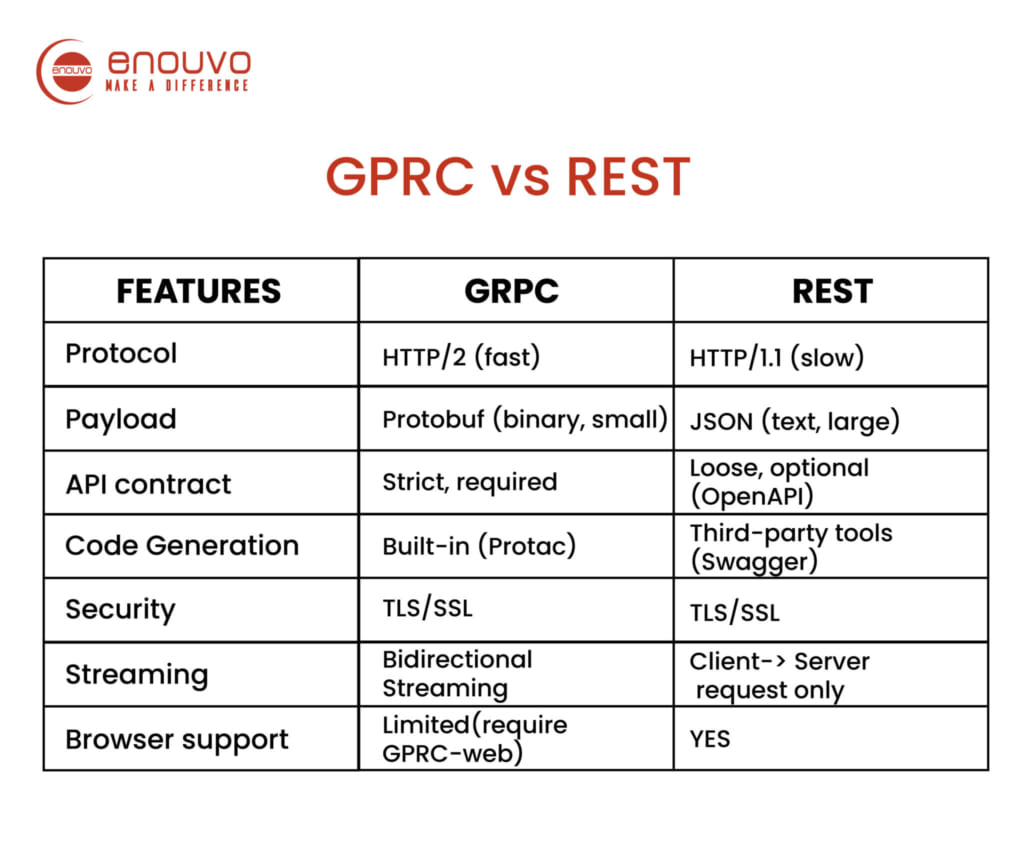

Changing one part of the app can negatively impact other areas. A monolithic application contains the programming for all of its services and features within a single, indivisible code-base that manages all the services and features of the application. Many companies start out with a monolithic application, as it is often the simplest option.Īs developers bolt new services and features on top of the existing framework, it becomes increasingly difficult to modify, upgrade, and scale the application. Microservices-based applications overcome the biggest limitations of traditional, monolithic applications. What Are Microservices-Based Applications? Which API you use will depend on whether it’s a special case or not. It’s necessary to use APIs to create the links between multiple functions so the overall project can work seamlessly. Unary Client-Request or Bidirectional/StreamingĪPIs in general make it possible to create microservices-based applications, rather than depending only on the slow monolithic applications. Here’s a simple matrix that compares the basics of REST APIs and gRPC: Characteristic For a specific set of use cases, a gRPC API serves as a more efficient alternative to a REST API (more on this later). gRPC uses the Protobuf (protocol buffers) messaging format, which is a highly packed, highly efficient messaging format for serializing structured data. How do developers use gRPC?This API architecture allows multiple functions created in different programming languages to work together, thanks to the API. It was originally developed by Google to improve communications.

gRPC (Google Remote Procedure Call)Īs an open-source RPC architecture,gRPCcreates high-speed communication between microservices. REST can use JSON to receive and send messages as needed between the microservices. These are the most used cases for REST APIs, and you’ll find them everywhere. JSON is used to build better links between microservices and internet applications, helping them communicate with each other. While not the only format that can be used with REST APIs, it is most commonly used because of its simplicity. REST APIs use JSON, a text-based, human-readable format that works well with multiple platforms. It’s particularly useful for web-based applications and microservices-based infrastructures. REST is the most commonly used architectural style for building APIs. REST (Representational State Transfer) API While they connect microservices or applications, they have different ways of doing this.Įach architectural style is designed to work in specific cases, so you will need to make a decision based on your needs. REST APIs and gRPC APIs refer to different architectural styles for building APIs. Understanding the Architectural Styles in APIs You can learn more about creating your own APIs with DreamFactory. They create the connectivity that is needed between microservices. By their very nature, APIs are designed to be compatible. Microservices may work together even if they were written in different programming languages and running on different platforms. The functions can work and interact with each other, and you can add more and more functions or microservices.
Grpc vs http benchmark how to#
An API defines the types of calls and requests one application can make to another, how to make those requests, the data formats to be used, and the conventions clients must follow.Įssentially, APIs make it possible for applications to be used in larger systems by connecting multiple functions. Is there a good reason REST is more popular? If you want to understand REST and gRPC, there are a few things you need to know before we dive into the differences.ĪPIs, or application programming interfaces, provide rules and definitions that allow applications to communicate and interact with each other.

Grpc vs http benchmark code#
Generate your No Code REST API now What Does REST Have Over gRPC?


 0 kommentar(er)
0 kommentar(er)
